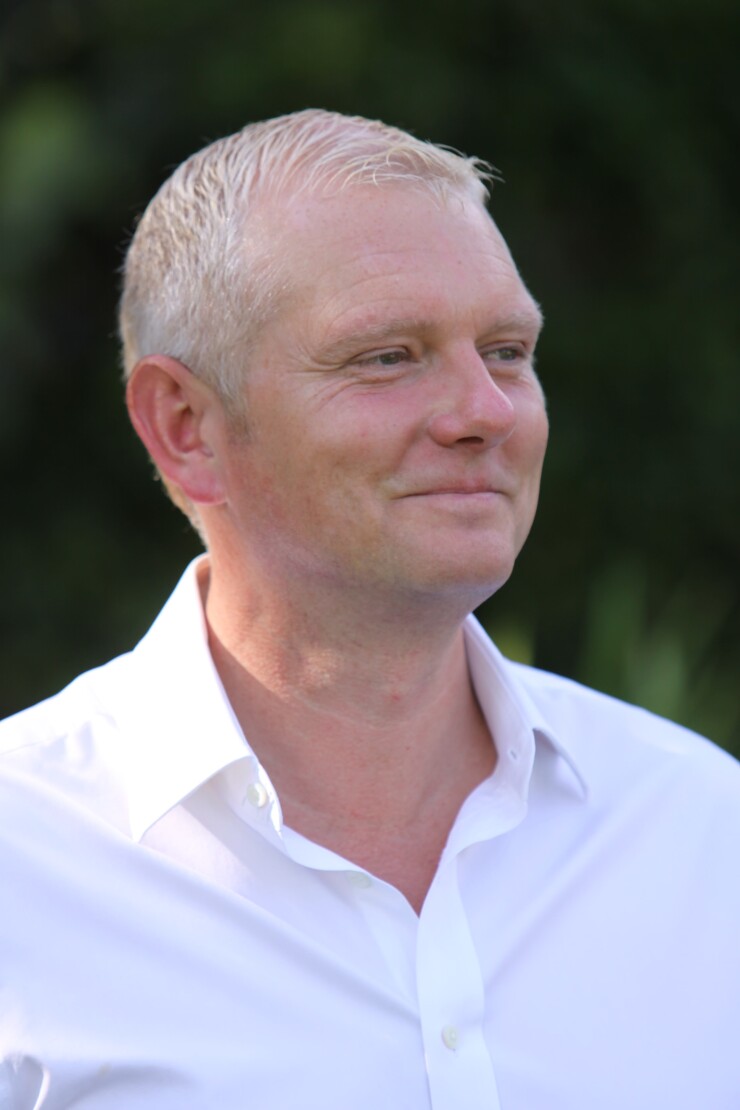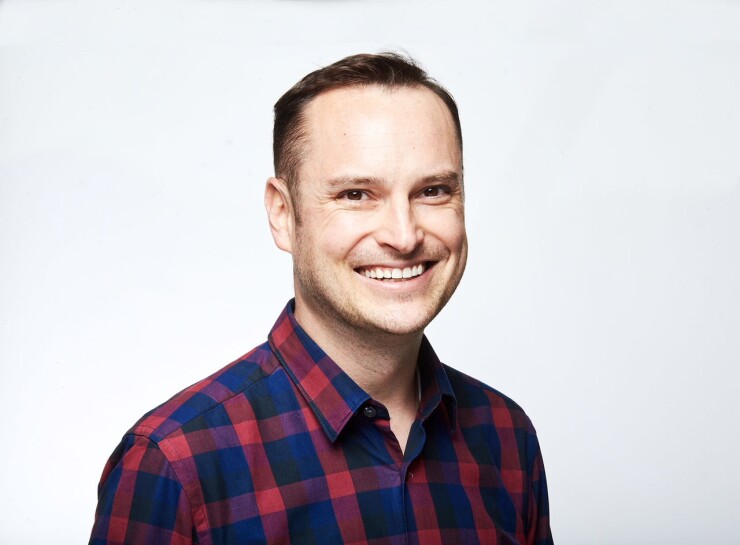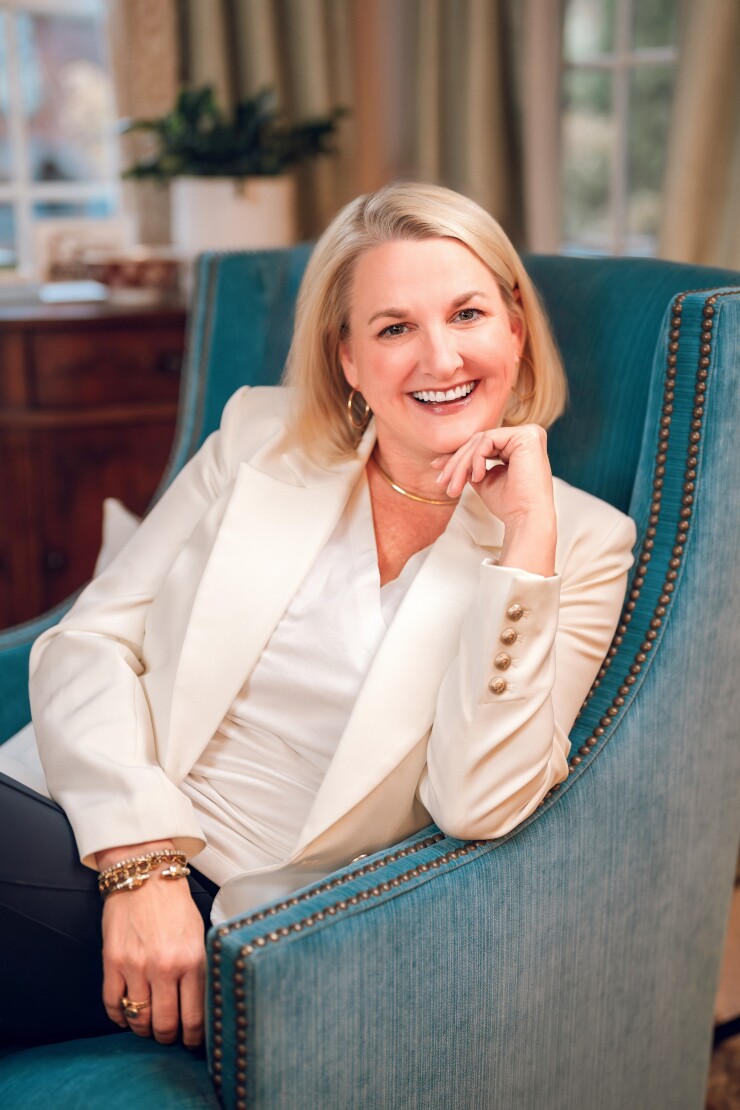Employees often aspire to reach the C-suite on their career journeys, but
For leaders at Walmart, Lyft, DailyPay and more, their career paths have been far from a straight line,
"Back [in college], I was diagnosed with dyslexia, and it was so freeing for me," says Pat Wadors, chief people officer at UKG. "I realized I was smart — I just have a hitch in my giddyup. I learned to be resilient and gritty and tenacious in my approach. I wouldn't let myself fail."
Check out EBN's full special report on
Recruiters tell all: Red flags, resumes and the 6-second rule How this organization is setting homeless moms up for professional success How I got this job: Leaders from the C-suite share their secrets 'Trying to stay human': A look into what it takes to land a job
Read more:
And when leaders thrive, their employees do, too. Wadors and several other executives share how career switches, pay cuts, supportive mentors, personal challenges and plenty of mistakes have led them to where they are today.













